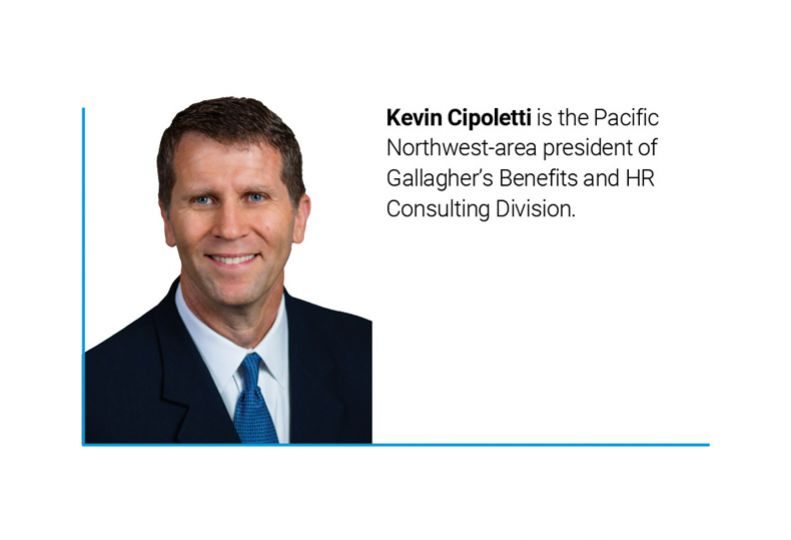
Employer perceptions might not reflect reality
Worker engagement is often measured with incomplete information

Nearly four in 10 employers in Washington state increased the importance of career well-being in 2023, according to Gallagher’s 2023 Career Wellbeing Report.
Even though that marked a five-point year-over-year increase, career well-being was still not the most emphasized initiative, falling behind Washington employees’ emotional well-being (62%).
When employers provide their employees with clearly defined career trajectories, their workforces are more engaged, retention rates climb, and arguably most importantly, business outcomes improve. While this is common knowledge for decision makers, just half of Washington employers provide their staff with support in developing and pursuing a career path. That means there’s significant room for improvement. The purpose of this study is to help employers optimize their investment in career well-being through employee engagement and communication strategies.
Employers often rely on incomplete data to measure employee engagement.
The Gallagher study found that more than half of Washington employers agreed or strongly agreed their employees were highly engaged. It’s possible, however, employer perceptions don’t accurately reflect employees’ feelings because just three in five Washington employers have conducted an in-depth employee engagement survey over the past two years.
This shift away from more detailed research began during the pandemic because employee needs, wants, and concerns evolved at such a rapid rate. To capture these changes, pulse surveys—abbreviated questionnaires requiring minimal time investment for participants or data analysis—became one of employers’ go-to tactics. The insights gathered were so useful that many employers continue to rely on pulse surveys to formulate their engagement strategies.
However, when measuring a complex variable such as employee engagement, pulse surveys can provide an incomplete picture. Transitioning back to annual surveys will help decision makers uncover an organization’s strengths and areas for improvement, and this investment will provide significant cost savings compared to the cost of filling vacancies.
Communicating benefits is as important as offering benefits.
In Washington state, familiar HR priorities are repeating their well-established role as focal areas for effective talent management, including retention (67%), attraction (46%), training and development (35%), strengthening work culture (35%), and increasing engagement and productivity (24%). Like any other integral goal in any other year, strategic internal communication is a key tool for achieving these outcomes.
Only about half of Washington employers rate their employees’ understanding of compensation and benefits as excellent or good. As such, employers are increasingly realizing how communication can positively influence the engagement with compensation and benefits, allowing employees to worry less and be more productive—particularly in an uncertain economy. And in response to the current economy, nearly three in four Washington employers increased their emphasis on communicating about compensation and benefits in 2023.
Crafting employee communications through a marketing lens will improve outcomes.
What employees see and hear from leadership often influences their attitudes and behaviors, making employers’ communication about business strategies, people priorities, and work approaches mission critical. For these reasons, nearly every Washington employer surveyed (95%) indicated their organization takes a deliberate approach with its internal communication function. But of those, less than 1 in 4 claimed to have implemented a comprehensive internal communications strategy.
There is also skepticism about whether communications can drive change. Just under one-third of Washington employers believe their communications create tangible results or a desired change in behavior. Organizations will improve outcomes by developing messaging through a marketing lens. Accomplishing this involves creating and leveraging communications that elicit an emotional response, while reinforcing shared values. Strategically planning and regularly delivering these messages will ensure the workforce understands the organization’s priorities and direction, and ultimately improve the employee experience.
Employers that commit to employee engagement and communication strategies, measure their effectiveness, and adjust accordingly, earn an advantage over the competition. That’s because employees tend to give as much as they get. And we developed the Gallagher Career Wellbeing Report to help employers uncover the best practices to unlock their employees and the organization’s potential.
The report is the third installment of Gallagher’s larger Workforce Trends Report Series. The research was conducted from December 2022 to March 2023, and sourced data and insights from a total of 4,030 organizations across the U.S.




_web.jpg?1735578933)